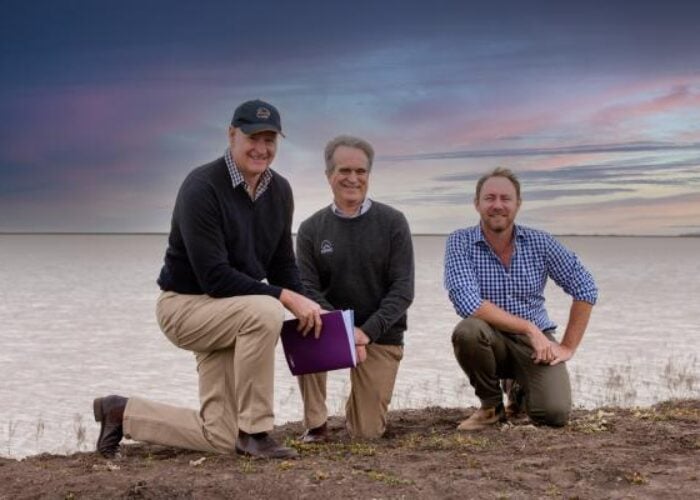
Floating solar (FPV) systems from D3Energy, a US-based FPV developer, have withstood the impact of Hurricane Milton in Florida, US.
After inspecting ten systems across central Florida that have been on the path of the storm, the company reported that all the systems remained fully operational and suffered no damage. This is in contrast with ground-mounted utility-scale and rooftop solar installations, which have been damaged be the storm.
Unlock unlimited access for 12 whole months of distinctive global analysis
Photovoltaics International is now included.
- Regular insight and analysis of the industry’s biggest developments
- In-depth interviews with the industry’s leading figures
- Unlimited digital access to the PV Tech Power journal catalogue
- Unlimited digital access to the Photovoltaics International journal catalogue
- Access to more than 1,000 technical papers
- Discounts on Solar Media’s portfolio of events, in-person and virtual
“Our systems are designed to handle extreme weather, and Hurricane Milton was a clear example of that,” said Stetson Tchividjian, managing director of D3Energy. “Seeing all of our systems continue to operate smoothly in the aftermath of such a powerful storm is a testament to the expertise and commitment of our team and partners.”
D3Energy used FPV solution provider Ciel & Terre’s Hydrelio systems at its floating projects, and said that this partnership was a key reason for the resilience of its systems. Hydrelio floating systems are able to handle high wind events due to its flexible, buoyant design and adaptive mooring systems, according to D3Energy.
Building PV resilience to withstand the impact of extreme weather events is an ever-increasing concern in the solar industry and was the main cover story for PV Tech Power 37.







